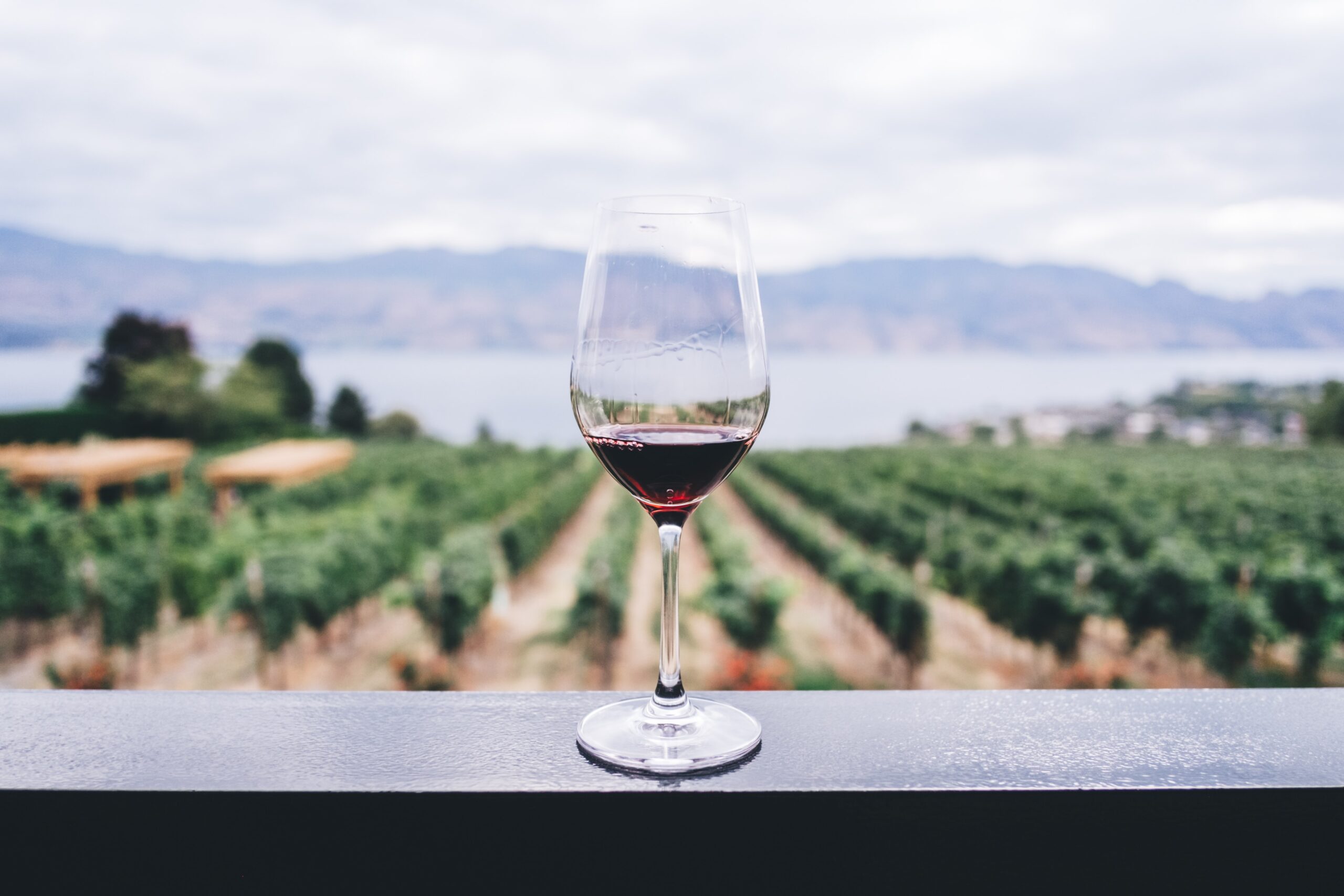Wine can be one of life’s everyday pleasures.
The tasting experience alone is a treasure trove of sensory delights. Anticipatory sounds greet us early on in the process, such as the pleasing pop of the cork and the swish of the wine as it flows into the glass. Then, we engage our sense of sight when we swirl the liquid to observe its color and opacity or when we notice the unique hue of the grapes as they grow on the vine. Our noses are subsequently flushed with a wine’s aroma and flavor, that may include floral notes, hints of fruit, even touches of tobacco or mushroom. As we are finally able to sip, we tangibly feel the wine’s texture and temperature on our tongues. The whole activity can be so stimulating that it may actually engage the brain more than solving a math problem, according to NBC News.
Beyond sensory pleasure, wine can be an intellectual pursuit as well. A good wine can reveal a lot about the environment, or terroir, that produced it. A bottle of wine can be an introduction to a culture and its history.
But for the uninitiated, the world of wine—and particularly sustainable wine—may seem confusing at first. Terms such as biodynamic and organic are often used, and each label carries its own nuanced jargon. So what do these terms mean? How do these production methods affect the environment and what are the benefits for the consumer?
Organic versus Sustainable
Let’s start with some basic definitions.
Organic wines are made with organically grown grapes. Any additives used to create organic wines, such as yeast, are also typically organic.
USDA Organic is a government-sponsored certification. To qualify, wines must be made with organic ingredients and should also be free of GMOs, including sulfites which are preservatives used in wines all around the globe. Because sulfites are so prevalent in production, there are few wines that meet the criteria for USDA Organic.
One may also notice wine labels that say, “made with organic grapes.” These wines meet most of the standards for USDA Organic, except they contain sulfites (up to 100ppm).
Sustainable wines encompass more than just the organic ingredients used to make them. Winemakers consider not just the quality of the grapes and additives but the overall economic and environmental impact on the surrounding community.
Biodynamic wines are a small subset of sustainable wines. In biodynamic philosophy, interconnectedness is key, so the entire vineyard is treated as its own ecosystem. Planting and harvesting take place according to lunar cycles, and wines are free of chemicals and commercial yeast.
Environmental Impact and the Consumer
Traditionally, wine production takes a significant toll on the surrounding environment, resulting in reduced biodiversity and lower-quality soil. Synthetic pesticides and fertilizers contaminate not just the soil but the air and water as well. Biogeochemical processes typically used in vineyard development emit greenhouse gases, and much of the equipment relies on fossil fuels.
Sustainable vineyards, on the other hand, implement measures to mitigate some of these environmental hazards. And as consumers become more mindful of where their food comes from and its economic impact on surrounding communities, it only stands to reason this eco-mindset would extend to wine as well.
In a survey conducted by Wine Institute–a research and consulting firm in the industry–74% of participants in both the U.S. and Canada said they would consider buying sustainable wine, and 70% of U.S. responders said they would also consider organic wine. The majority of responders also favored biodynamic wine: 58% (U.S.) and 52% (Canada).
The survey also revealed a majority of consumers are willing to pay more for sustainable wine, particularly among millennials and Gen Z, suggesting that customers from these demographics recognize the long-term benefits of sustainable practices—both for their personal health and the planet’s health.
Sustainable Certifications
Within the sustainable wine community, there are many different approaches and nearly as many certifications. Outlined below are a few of the more prominent ones.
Certified California Sustainable Vineyard and Winery (CCSW)
For this certification, winemakers are ranked from 1-4 on various issues across three broad categories: environmental soundness, economic feasibility and social equality. The ranking system means some wines place lower than others even though they qualify for the same certification.
SIP Certified (Sustainability in Practice)
This certification operates on a point system, with vineyards required to achieve 75% of the total sustainable points. Vineyards need to show documentation that they are complying with requirements, and the designation is verified every year by a third party.
Certified Green with The Lodi Rules
A reference to Lodi, California, the Lodi Rules cover six key areas including business management, human resources, ecosystem, soil practices, water consumption and pest control. The certification rates a vineyard’s pesticide use based on how it affects everything from worker’s health to surrounding wildlife.
LIVE Certified (Low Input Viticulture and Enology)
You’ll find this certification primarily in the Northwest. The designation specifically takes into account the unique and varied climates of the region from sunny eastern Washington to the cooler climates of Oregon.
While there are various approaches to sustainable wine making, the overall ethos for each aims for socially responsible production that’s better for the environment, and a final product that’s better for the consumer. And that’s surely a reason to raise a glass.





